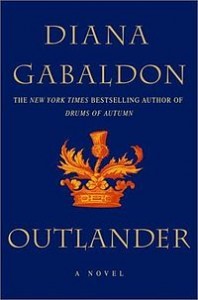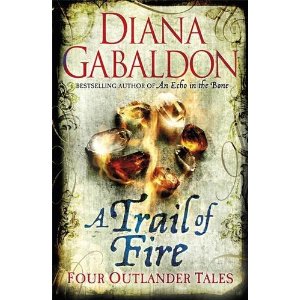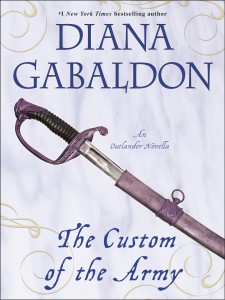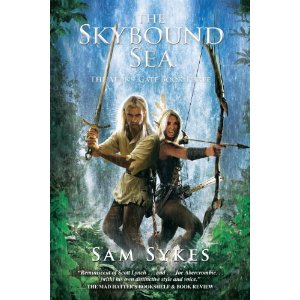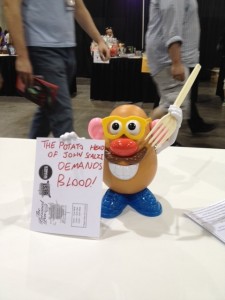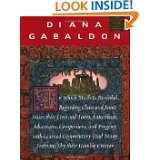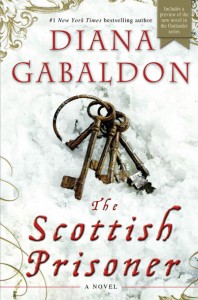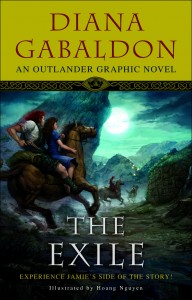
GAUDETE – The Third Sunday of Advent
The third Sunday of Advent is called “Gaudete Sunday,” from the Latin word meaning “rejoice”:
Gaudete in Domino semper: iterum dico, gaudete. Modestia vestra nota sit omnibus hominibus: Dominus enim prope est. Nihil solliciti sitis: sed in omni oratione petitiones vestræ innotescant apud Deum. Benedixisti Domine terram tuam: avertisti captivitatem Jacob.
This may be translated as
Rejoice in the Lord always; again I say, rejoice. Let your forbearance be known to all, for the Lord is near at hand; have no anxiety about anything, but in all things, by prayer and supplication, with thanksgiving, let your requests be known to God. Lord, you have blessed your land; you have turned away the captivity of Jacob.
— Philippians 4:4–6; Psalm 85 (84):1
A traditional Advent wreath has three purple candles and one pink one: on Gaudete Sunday, we light the pink one! We pause on our spiritual journey to lift up our eyes and see joy approaching—hence we rejoice (before settling back into penitence for the last haul toward Easter).
And the “candle” for today was chosen as an illustration of hope and the promise of joy, emerging from mourning. Hope you enjoy it!
Excerpt from WRITTEN IN MY OWN HEART’S BLOOD
Copyright 2012 Diana Gabaldon
[Please don’t repost or reproduce this, but you’re more than welcome to link to it if you like.]
[A conversation in the woods between Ian Murray and his (more or less) betrothed, Rachel Hunter.]
He squared his shoulders and gave a great sigh, then met her eyes directly.
“D’ye want to hear about every woman whose bed I’ve shared? Because I’ll tell ye, if so. I’ve never taken a woman unwilling—though they were mostly whores. I’m no poxed, though,” he assured her. “Ye should ken that.”
She considered that for a moment.
“I think I need not know the details,” she said finally. “But should we ever meet a woman thee has bedded, I wish to know it. Thee does not mean to continue fornicating with prostitutes once we are wed, though, does thee?”
“No!”
“Good,” she said, but rocked back a little on the log, hands linked around her knees, holding his gaze. “I do wish to hear more about thy wife. Emily.”
He could feel the warmth of her leg, her body, close beside him. She hadn’t moved away from him when he’d said about sleeping with whores. The silence grew around them, and a jay called, somewhere in the wood beyond.
“We loved each other,” he said at last, softly, eyes on the ground. “And I wanted her. I—could talk to her. Then, at least.”
Rachel drew breath, but didn’t say anything. He took his courage in his hands and looked up. Her face was carefully expressionless, her eyes intent on his face.
“I dinna ken how to say it,” he said. “It wasna the same way I want you—but I dinna mean to make it sound as though…as though Emily didna matter to me. She did,” he added, very softly, and looked down again.
“And…she does?” Rachel asked quietly, after a long pause. After a longer one, he nodded, swallowing.
“But,” he said, and stopped, looking for the way to go on, because now they were coming to the most perilous part of his confession, the thing that might make Rachel stand up and walk away, dragging his heart behind her through the rocks and brush.
“But?” she said, and her voice was gentle.
“The Mohawk,” he began, and had to stop for a breath. “It’s the woman’s choice, about being married. If a woman should take against her husband for some reason—if he beats her, or he’s a lazy sot, or smells too bad when he farts…” he stole a glance, and saw the corner of her mouth twitch, which heartened him a little. “She puts his things out o’ the longhouse, and he has to go back to live wi’ the unmarried men—or find another woman who’ll have him at her fire. Or leave altogether.”
“And Emily put you out?” She sounded both startled and a little indignant. He gave her a wee smile in return.
“Aye, she did. Not because I beat her, though. Because…of the bairns.”
He felt the tears come to his eyes and clenched his hands in frustration on his knees. Damn, he’d sworn to himself that he wouldn’t weep. Either she’d think he made a show of his grief to win her sympathy…or she’d see too deep; he wasn’t ready…but he had to tell her, he’d started this on purpose to tell her, she had to know…
“I couldna give her children,” he blurted. “The first—we had a wee daughter, born too early, who died. I called her Iseabail.” He wiped the back of his hand viciously under his nose, swallowing his pain. “After that, she—Emily—she got wi’ child again. And again. And when she lost the third…her heart toward me died with it.”
Rachel made a small sound, but he didn’t look at her. Couldn’t. Just sat hunched on the log like a toadstool, shoulders drawn up around his ears and eyes blurred with the tears he couldn’t shed.
A small warm hand settled on his.
“And your heart?” she asked. “Yours died, too?”
He closed his hand on hers and nodded. And then just breathed for a bit, holding onto her hand, until he could speak again without his voice breaking.
“The Mohawk think that the man’s spirit fights wi’ the woman’s, when they…lie together. And she willna get with child, unless his spirit can conquer hers.”
“Oh, I see,” Rachel said softly. “So she blamed you.”
He shrugged.
“I canna say she was wrong.” He turned a little on the log, to look at her directly. “And I canna say that it would be different—with us. But I did ask Auntie Claire, and she told me about things in the blood…well, perhaps ye should ask her to explain it, I wouldna make a decent job of it. But the end of it was that she thought it might be different wi’ another woman. That I maybe could. Give ye bairns, I mean.”
He only realized that Rachel had been holding her breath when she let it out, a sigh that brushed his cheek.
“Do ye—“ he began, but she had risen a little, into him, and she kissed him softly on the mouth, then held his head against her breast and took the end of her kerchief and wiped his eyes and then her own.
“Oh, Ian,” she whispered. “I do love thee.”





